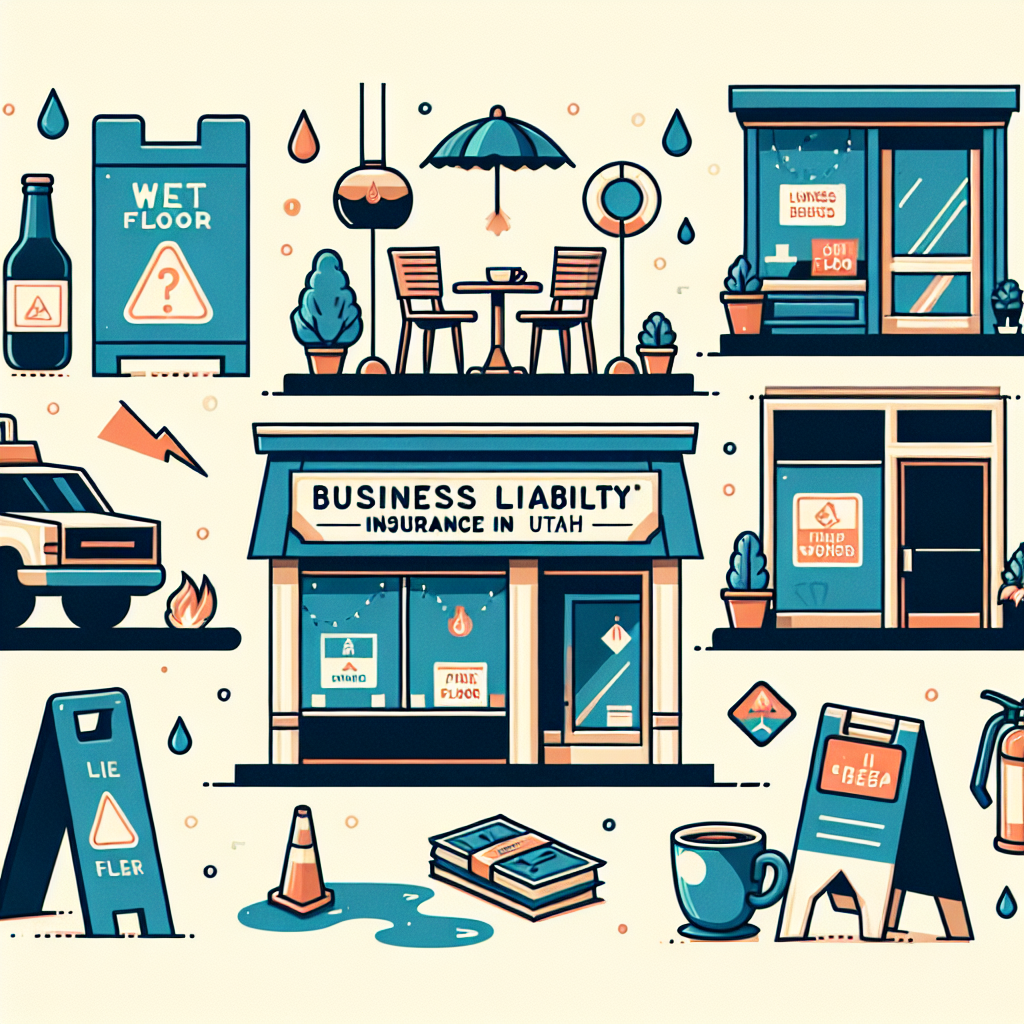Filed under Health Insurance on
Understanding Gap Coverage in Health Insurance Explained

Healthcare can be complex, particularly when navigating the nuances of insurance policies. Among these complexities is gap coverage in health insurance—a term that frequently leaves many policyholders scratching their heads. This guide will walk you through what gap coverage entails, why it might be beneficial, and other critical aspects you should consider. Through an understanding of gap coverage in health insurance, you'll be better equipped to make informed decisions about your healthcare needs.
What is Gap Coverage in Health Insurance?
At its core, gap coverage in health insurance is a supplemental policy designed to cover expenses not fully paid by your primary health insurance plan. Typically, traditional health plans come with out-of-pocket expenses like deductibles, co-payments, and coinsurance. Gap coverage steps in to bridge these financial "gaps," ensuring that unexpected medical costs don’t disrupt your financial stability.
Why Consider Gap Coverage?
Gap coverage in health insurance is not just an additional expense—it's an investment in financial security. Here are several reasons why individuals and families might consider supplementing their primary health insurance:
- High Deductibles: In recent years, high-deductible health plans (HDHPs) have become more prevalent. While they often offer lower premiums, the higher deductibles can be daunting. Gap coverage can cover those hefty upfront costs, making healthcare more affordable.
- Unexpected Medical Events: No one anticipates a medical emergency or sudden illness. Gap coverage ensures that such unforeseen events do not lead to financial distress.
- Reduced Financial Stress: Knowing that there is a financial cushion to absorb additional costs can alleviate anxiety surrounding potential healthcare needs.
How Does Gap Coverage Work?
To comprehend gap coverage effectively, it's essential to know how it operates. Generally, when you seek medical services, your primary health insurance handles claims first. Here's a simplified breakdown:
- Your primary insurance plan covers its share of the service cost—up to the policy's terms.
- Any remaining costs accrue to the individual, typically as out-of-pocket expenses.
- Gap coverage intervenes to manage these expenses, paying for costs such as deductibles and co-payments, depending on the specifics of the gap policy.
Types of Gap Coverage
The gap coverage landscape varies, offering tailored solutions for different needs. Here are common types of gap coverage in health insurance:
- Hospital Indemnity Insurance: Provides cash benefits for hospital stays, alleviating inpatient costs not entirely covered by regular insurance.
- Critical Illness Insurance: Focuses on offering lump-sum payments upon diagnosis of serious conditions like cancer or heart disease, assisting with recovery expenses.
- Medical Gaps: Directly targets the cost-sharing components, covering expenses such as co-pays and coinsurance.
Evaluating the Need for Gap Coverage
Determining whether gap coverage in health insurance is right for you involves careful evaluation of your current health plan and assessing potential risks. Consider these factors:
- Your Health Condition: Those with chronic conditions or frequent medical visits might benefit significantly from gap coverage due to ongoing medical costs.
- Financial Standing: Evaluate your financial capacity to cover potential out-of-pocket expenses. If high deductibles seem burdensome, gap coverage might be a necessity.
- Plan Details: Perceive your plan’s terms. High out-of-pocket maximums or restrictive networks may necessitate supplementary coverage.
Cost Implications of Gap Coverage
While gap coverage essentially reduces financial risk, it incurs an additional cost. Premiums for gap coverage policies can vary based on age, health status, and chosen plan benefits. It's advisable to conduct a cost-benefit analysis when deciding on gap coverage in health insurance:
- Compare the additional premium costs against potential savings on out-of-pocket expenses.
- Consider scenarios of healthcare usage to evaluate financial outcomes with and without gap coverage.
Industry Trends and Statistics
Understanding the current landscape of gap coverage enhances decision-making. Recent trends indicate a steady increase in high-deductible health plans, which propels the demand for gap coverage solutions. Some key statistics include:
- Approximately 30% of US adults aged 18-64 are enrolled in HDHPs, highlighting a significant pool for gap insurance needs.
- In 2022, gap coverage policies saw a 10% rise in enrollment, reflective of growing awareness and demand for supplemental protection.
Expert Opinions on Gap Coverage
Insurance experts advocate for gap coverage as a means to alleviate financial pressures associated with medical care. John Doe, a respected insurance advisor, suggests, “With the rising costs of healthcare, gap insurance offers peace of mind by ensuring that supplemental support is available when unexpected health concerns arise.”
Jane Smith, a healthcare policy analyst, underscores the importance of being proactive, “Evaluating gap coverage should be part of every insurance conversation. It empowers individuals to manage their healthcare costs more effectively while maintaining financial health.”
Making an Informed Decision
Ultimately, the choice to opt for gap coverage in health insurance is personal and influenced by individual circumstances. Engage in thorough research and consult insurance professionals to ensure that your coverage aligns with your health and financial goals. An understanding of gap coverage in health insurance empowers you to navigate the healthcare system with confidence and foresight.
By taking the time to comprehend your insurance options, you are investing in a healthier future—both physically and financially. Gap coverage serves as a bridge to financial stability amidst the unpredictability of healthcare needs.
Whether you're currently insured or exploring new policy avenues, keep the principles of gap coverage top of mind to safeguard against unforeseen medical expenses. Financial security through informed decision-making is, after all, the ultimate goal in the world of health insurance.





